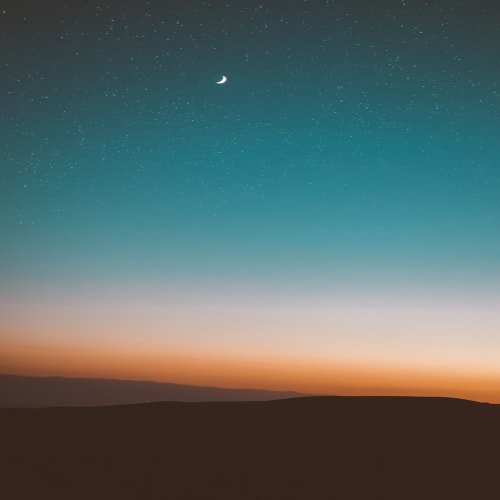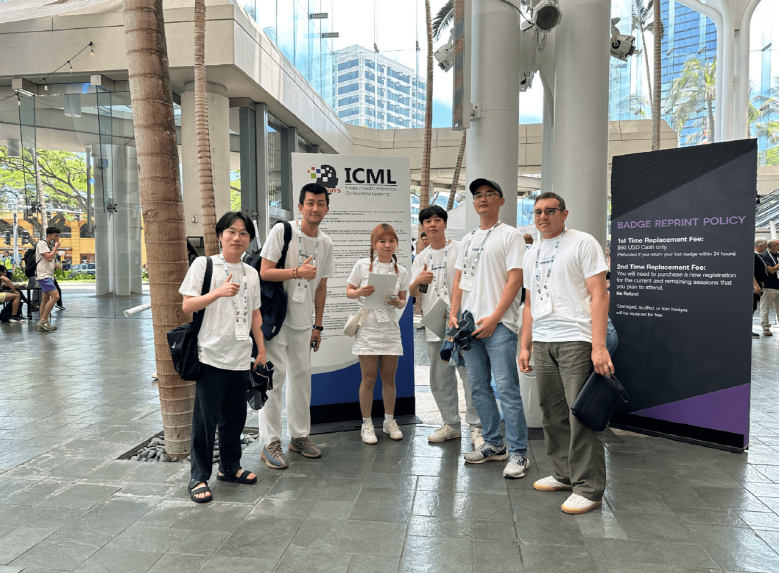In online fashion retail, the way a product is presented often determines whether it simply looks basic or becomes memorable. Especially with wardrobe staples like a T-shirt, the challenge is not in showing the product itself, but in expressing a range of moods that help customers imagine it in their lives. This post uses the Beanpole Ladies T-shirt as a case study to show how traditional lookbook images and LaonGEN Fashion AI visuals can work together to complete both product detail pages (PDPs) and social media content.
The role of lookbook images
The official Beanpole lookbook serves as a baseline. The clean round neck, structured fit, and vivid blue shade communicate the essential product traits without distraction. Paired with light-colored pants, the contrast highlights the simplicity and freshness of the T-shirt. These cuts are reliable assets for the upper section of PDPs where clarity and trust are key.

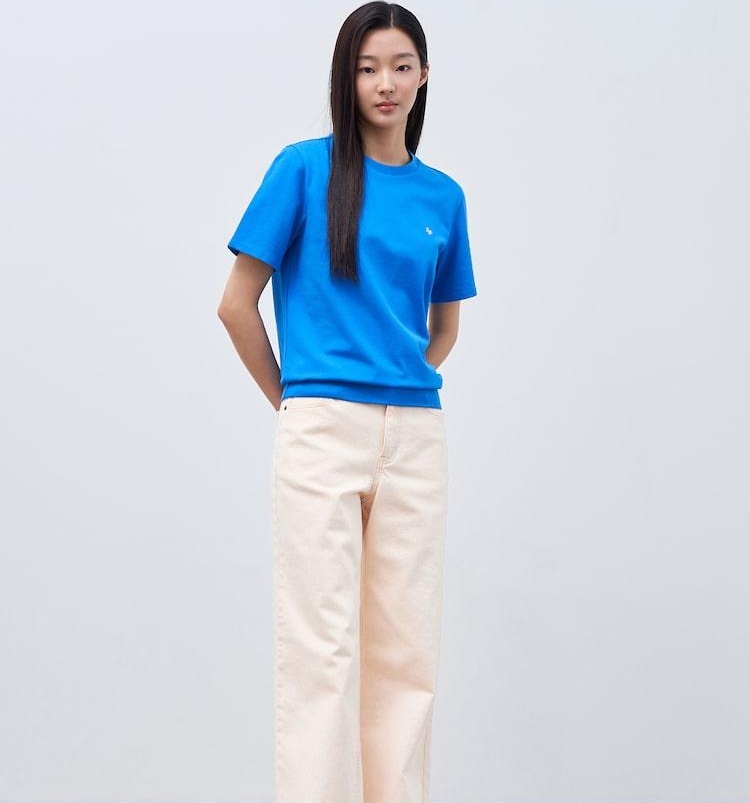
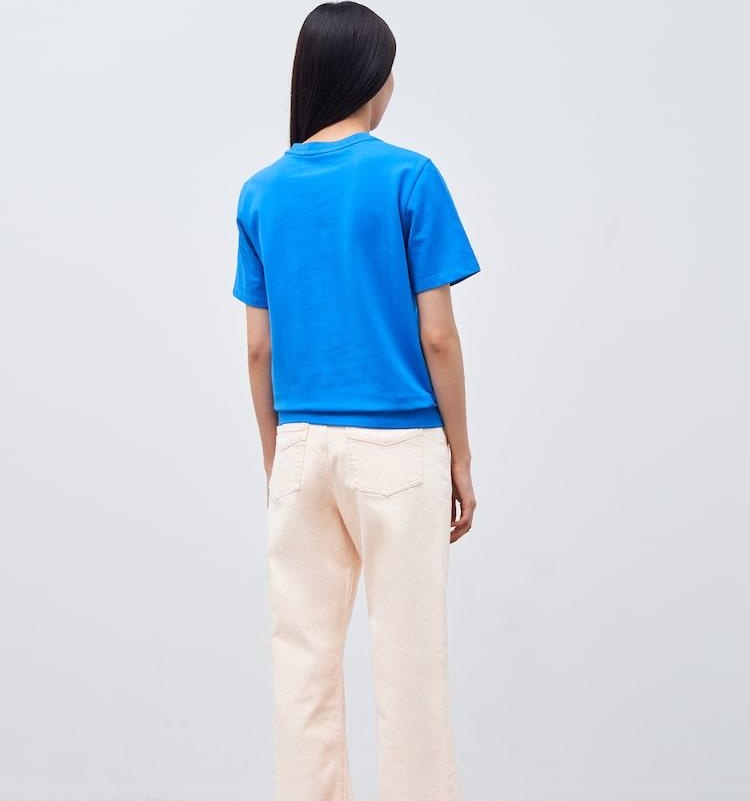

Extending moods with LaonGEN AI
While the lookbook fixes the product’s identity, LaonGEN expands it into different emotions. A mountain background conveys freedom, a sunset over the city adds a romantic tone, and a sporty scene on a tennis court suggests energy and ease. Each interpretation turns the same T-shirt into a different narrative. For actual brand operations, these mood shots can be placed in the lower part of the PDP or repurposed for social media banners and advertising creatives.

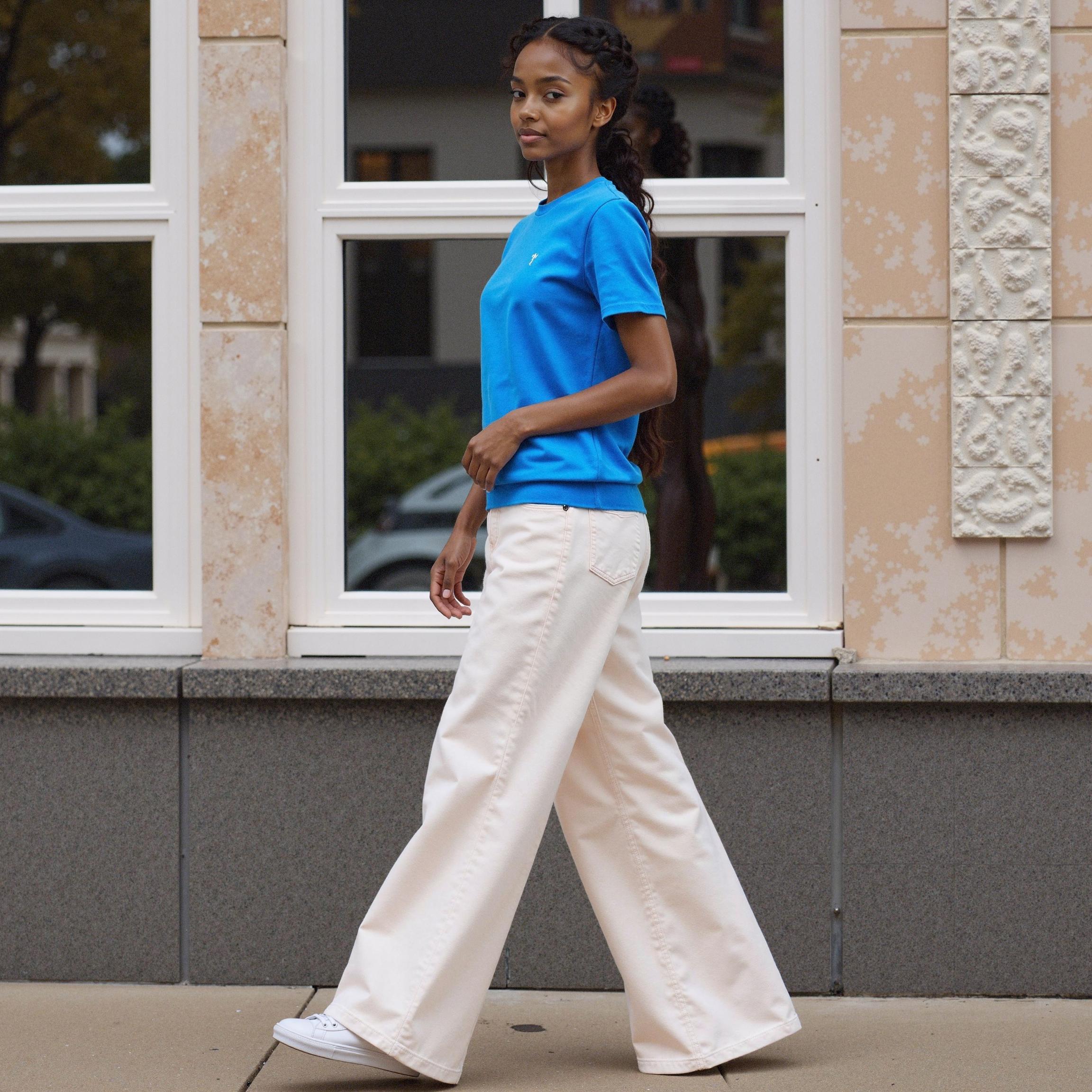

Applying it to PDP construction
A six-image structure often works best: one hero cut from the lookbook at the top, two detail shots for neckline and hem, and three AI-generated mood cuts for context. This sequence balances information and emotion, keeping the customer engaged while also providing enough cues to move toward purchase.



Operational advantages
Using LaonGEN reduces both time and cost compared to traditional studio shoots. Registering a garment takes about one hour, and each image is generated in under two minutes. Producing thirty editorial-quality cuts in a single day becomes feasible, with overall costs reduced by 80–90% versus conventional production. For brands, this efficiency translates into faster updates and more frequent testing of creative variations.
Conclusion
The combination of lookbook images and AI-generated mood shots delivers both precision and diversity. In the case of the Beanpole Ladies T-shirt, the lookbook secures the fundamentals, while LaonGEN broadens the emotional range. Together, they create a PDP and social media set that is not only accurate but also engaging.
👉 Brand: Beanpole Ladies
👉 Product: T-shirt
👉 LaonGEN: en.laongen.com
Creating Multiple Moods with One Navy Skirt: My LaonGEN Experience
Recently, I experimented with transforming a single navy skirt into various lookbook concepts, and the results exceeded my expectations significantly.As a fashion marketer constantly seeking efficient ways to showcase product versatility, I decided to test
blogen.laongen.com
Testing Fashion AI for Levi's Flare Jeans: Can We Achieve Editorial-Quality Without Model Fees?
Recently experimented with LaonGEN's Mira AI model for creating Levi's flare jeans lookbook content. Initially skeptical about the technology, but the results exceeded expectations significantly. Project ContextLevi's flare jeans represent timeless fashion
blogen.laongen.com
Content Created Without Photoshoots: Real Results Revealed
One of the biggest challenges facing fashion brands today is content production costs. Model fees, studio rentals, photographer bookings... the expenses for a single photoshoot can be overwhelming.As a LaonGEN marketer, I understand this industry reality w
blogen.laongen.com
